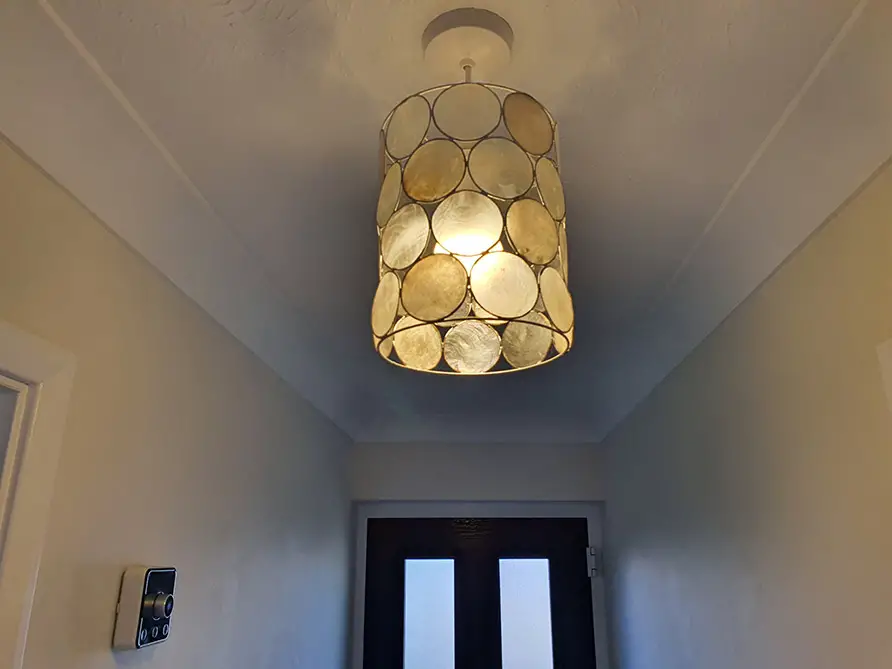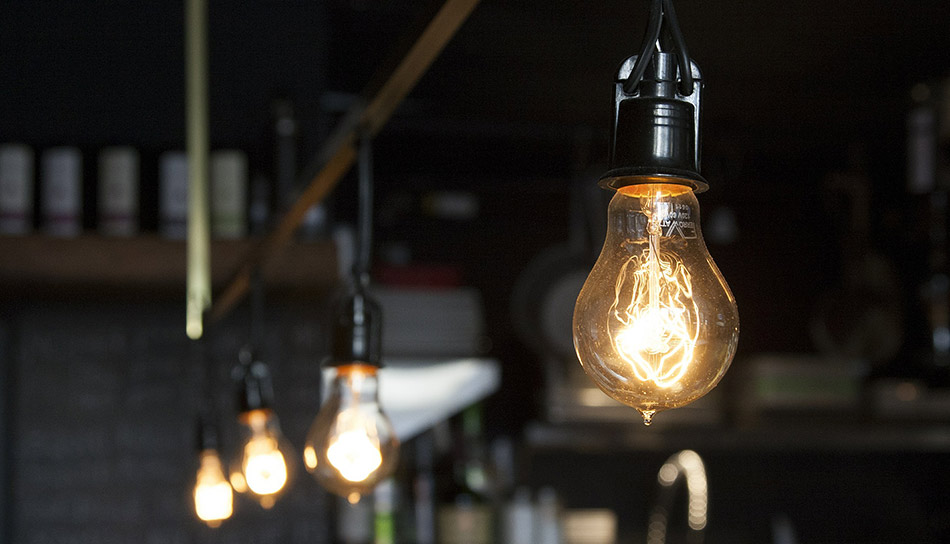Affiliate Disclosure: As an Amazon Associate I earn from qualifying purchases.
I’ve had several smart bulbs dotted around my home for several years now and haven’t had any issues with them whatsoever. This got me thinking about the life expectancy of smart bulbs and whether they ever burn out.
Smart bulbs will eventually burn out either through age or use. You can expect a smart bulb to function for between 15 and 25 years or 15,000 and 25,000 hours. This is considerably less than a regular LED bulb that doesn’t have smart functionality.
Let’s look at what causes a smart bulb to eventually burn out and how you should dispose of them when they do meet their demise.
How Long Do Smart Bulbs Last?
A regular non-LED light bulb can only last for about 2,000 hours at best, which is pretty poor. An LED bulb that doesn’t have smart functionality will last much longer at around 50,000 hours.
So, where so smart bulbs sit and how long do they last?
Smart bulbs sit pretty much in the middle between non-LED bulbs and LED bulbs, lasting for between 15,000 and 25,000 hours depending on the manufacturer and how much they are used.
It is the LED technology that is built into smart bulbs that cause them to have a reduced lifespan compared to regular LED bulbs, but given how much more they can do, this is understandable and worthwhile trade-off in my opinion.
Even a smart bulb that sits at the lower end of this spectrum with a life expectancy of 15,000 hours should last for 1,875 days if used 8 hours a day. This is just over 5 years.
I did some research into a number of different smart bulbs and their life expectancy. Here is what I found:
| Smart Bulb | Life Expectancy |
| Philips Hue White and Color A19 | 25,000 hours |
| Eufy White A19 | 21,000 hours |
| LIFX White and Color A19 | 20,000 hours |
| TP-Link Kasa White A19 | 20,000 hours |
| Sengled White and Color A19 | 25,000 hours |
| Yeelight White A19 | 20,000 hours |
| Sengled White A19 | 25,000 hours |
| Ikea White and Color E27 | 25,000 hours |
You can expect all of these bulbs to function for between 20,000 and 25,000 hours before they eventually burn out. The average life expectancy of all of the bulbs is 22,625 hours.

Why Do LED Light Bulbs Burn Out?
Unlike traditional light bulbs that suddenly burn out, smart bulbs use LEDs (light-emitting diodes) which will gradually get dimmer over time.
This is because the individual light emitting diodes that make up the bulb fail one by one.
Yes, LED bulbs are much more efficient than regular bulbs, but they are still not capable of turning 100% of electrons into light with some of them still escaping as heat.
The wasted heat gathers in the neck of the bulb which sits just above the socket. This is a small space relative to the entire bulb which can lead to pretty high temperatures as the heat builds up.
This in turn raises the temperature of the air that is trapped inside the bulb.
The components that makeup LED bulbs, like the chips and capacitors, can’t cope with these high temperatures. It could even cause them to fail completely if there is not enough ventilation around the bulb.
So, LED bulbs won’t suddenly stop working and emit no light whatsoever; they will just get to a point where they are no longer bright enough to warrant keeping and will need to be replaced.
Just make sure to dispose of the burnt-out bulbs properly which we cover below.
Smart Bulbs Burning out Too Quickly?
Smart bulbs are designed to last for between 15,000 and 25,000 hours of use, so what if yours are burning out much quicker? Here are a few of the most common reasons as to why your bulbs may not lasting as long as they should.
- Loose connections
If a bulb is sitting loosely in its socket, it will tend to flicker on and off where it is ever so slightly losing its complete connection.
The solution is quick and easy. Simply tighten the bulb in its socket.
Another potential issue is loose wiring where the circuit wires meet the light fixture.
To solve this, make sure the power is turned off and make sure the wires are securely attached to the screw terminal. If you don’t feel comfortable doing this, get a professional electrician in to check it over for you.
The bulb socket itself may also be worn or even have corroded contacts that can cause issues with its connectors. A replacement socket or fixture will be needed in this case.
Regardless of what is causing the loose connections, it can cause the bulb to burn out quicker than you would like as well as flicker. The loose connections increase electrical resistance and the heat passing through the bulb which can shorten its lifespan.
- High voltage
Too high voltage into your home can cause smart bulbs to burn brighter and burn out faster.
Voltage can be tested using a multimeter or a voltage tester at a standard 120-volt electrical outlet.
Be very careful and make sure you do this safely if you think this may be a cause for your smart bulbs burning out as the power will need to be kept on for the test.
Should the test reveal a voltage that is higher than 125 volts, you should get an electrician in to take a closer look or perhaps even contact your electricity supplier.
- Too much heat
Smart bulbs can burn out sooner than they should from excessive heat.
Even if the bulb you purchase is the correct wattage, it can still generate too much heat if it is placed in a fixture that is too small for it, or if the wrong type of bulb is being used in an enclosed fixture.
Even though a larger bulb that has the right base may feel like it is correctly screwed into the fixture, if the fixture is designed to take a smaller bulb, it may not be able to adequately disperse the heat.
The solution is to make sure you purchase the correct sized bulb for your fixture or consider a new fixture to match the bulb you already have.
You may also find that the bulb is overheating if it is placed in a covered fixture that doesn’t receive enough ventilation.
Check the specification of the bulb and make sure it is suitable for use in an enclosed fixture.
A simple way of checking if a bulb is getting too hot is to check the area of the bulb where it meets the fixture insulation. You may notice some heat damage even if the bulb itself looks to be in good condition.
What About Filament Bulbs?
Filament is a name that is commonly used to describe the traditional Edison light bulbs.
They are made to look just like the original Edison bulbs created over 100 years ago. They get their name as the word “filament” refers to the wire inside the bulb which is what emits the light.
Filament bulbs will typically have a shorter life span compared with traditional LED bulbs, but the more recently introduced smart filament bulbs have been designed to have similar life spans to smart LED bulbs.
Based on my research, some bulbs are designed to last for around 15,000 hours whereas some claim to last as long as 25,000, just like their LED counterparts.
The Philips Hue filament bulb has a rated lifetime of 15,000 hours gives you an idea of how long you can generally expect a smart filament bulb to last before it burns out.

How to Dispose of Burnt out Bulbs
Smart bulbs use LEDs so its important to make sure they are disposed of in the same way as regular LEDs rather than just assuming how they should be thrown away.
Most LEDs will not contain harmful substances like CFLs (compact fluorescent lamps) do and so can be disposed of just like you would an incandescent bulb.
Before you do go ahead and just toss them in the trash, make sure they are safe to put with your other household rubbish.
If possible, recycle your burnt-out bulbs instead.
By recycling them you are ensuring that the materials used to make up the bulb, which are quite valuable, can be re-used.
